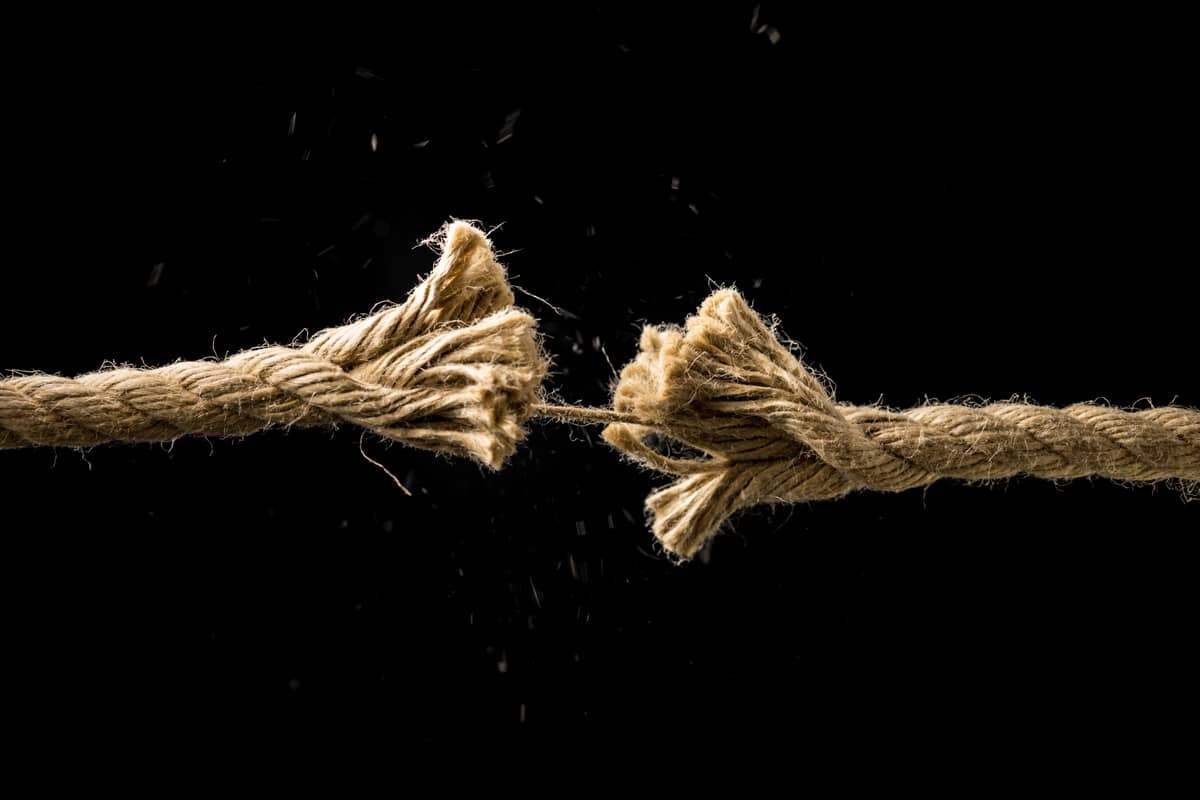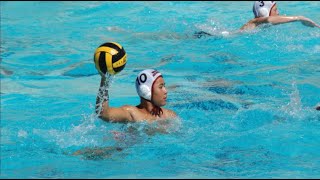Are There Truly Overuse Injuries?
Hear From Our Patients
Teenage Patient Overcomes Arthritis with Innovative Cartilage Repair SurgeryOveruse is blamed for all kinds of injuries, especially in youth sports. Do such injuries even exist?

“Overuse injury” is the throw-away term given to a wide range of injuries that athletes—especially young athletes—suffer. Symptoms of overuse injury include: Pain, swelling, and decreased athletic performance. The medical literature lists huge numbers of cases. Here is the typical information people are given about overuse injuries:
Overuse injuries represent 30-50% of all sports-related injuries in young athletes, with one in three requiring medical attention. The ankle and knee are the most commonly injured, followed by the elbow, but it depends on which sport the athlete is playing.
The most common diagnoses are:
- Osgood-Schlatter disease: Pain at the growth plate on the front of the tibia.
- Jumper’s Knee: Patellar tendon pain.
- Medial epicondylitis: Pain at the bony bump on the inside of the elbow.
- Osteochondritis dissecans: Loosening of cartilage and bone, most commonly in the knee and ankle.
- Sever’s disease: growth plate pain at the calcaneus (heel bone).
- For adolescent baseball players: elbow and shoulder pain, commonly thought to be variously related to age, height, number of teams played for, pitch velocity, and arm fatigue. Often, these young players are found to have external and internal rotation muscle weakness and lost range of motion.
Unfortunately, the most frequently recommended treatment is rest.
It is our belief that the single common denominator in all of these diagnoses is an initial tissue injury. At the time of the injury, the collagen fibers of the tendon, or of the articular cartilage of the joint, suffer a tearing, or the bone underlying these areas is fractured. Instead of healing promptly, the site of injury follows a pathway of chronic inflammation, degeneration of the now-abnormal tissue, and formation of a painful site. In our view, it is the injury that is the primary problem in most cases, not the volume of pivots, the repetition of pitches, or the rapid pace of the athlete’s growth.
Once this philosophy is accepted, the solutions can follow a more normal course of diagnosis, treatment, and recovery. For instance, a painful patellar tendon in an adolescent basketball player or a sore elbow in a young pitcher most likely resulted from a tear in the critical collagen fibers, which make up the core of the tendon itself. An immediate MRI would reveal the torn fibers. All professional athletes would get one. Treatment would include some combination of stimulation of the collagen to heal—possibly with massage, energy (e.g. ultrasound, magnetic fields), heat, cold, and others.
Other treatment options might include injection therapies, including PRP (currently) and, in the near future, specialized packets of growth factors (exosomes), peptides, or birth tissues (Wharton's Jelly), which have sixty times the growth factor concentrations of PRP alone. The data for these anabolic injections is not yet definitive, and not yet widely applied to children, and the costs are considerable. However, the cost of losing one or more seasons due to an “overuse” injury, or even surgery for “overused” tendons, is not trivial.
A pro athlete has their career and economic viability on the line with each injury. They bring everything to the table to treat injuries, followed by optimal nutrition, massage therapy, physical therapy, and application of all available tissue stimulation devices in order to speed recovery as rapidly as possible.
If we applied even some of this approach (within economic reason) to children, their lives and the lives of their parents and coaches would be freed from months or years of just “resting the injury” and hoping for the best.
References
- Gibson ES, Cairo A, Räisänen AM, Kuntze C, Emery CA, Pasanen K. The Epidemiology of Youth Sport-Related Shoulder Injuries: A Systematic Review. Trans Sports Med. 2022 Aug 23;2022:8791398. PMID: 38655170; PMCID: PMC11022765. doi:10.1155/2022/8791398
- Mohr B, Mabrouk A, Blade JD. Osteochondritis Dissecans of the Knee. [Updated 2024 Jan 25]. In: StatPearls [Internet]. Treasure Island (FL): StatPearls Publishing; 2025 Jan-. Available from: https://www.ncbi.nlm.nih.gov/books/NBK538194/
- Norton R, Honstad C, Joshi R, Silvis M, Chinchilli V, Dhawan A. Risk Factors for Elbow and Shoulder Injuries in Adolescent Baseball Players: A Systematic Review. The American Journal of Sports Medicine. 2018;47(4):982–990. doi:10.1177/0363546518760573
- Trofa DP, Obana KK, Swindell HW, Shiu B, Noticewala MS, Popkin CA, Ahmad CS. Increasing Burden of Youth Baseball Elbow Injuries in US Emergency Departments. Orthop J Sports Med. 2019 May 14;7(5):2325967119845636. PMID: 31205966; PMCID: PMC6537065. doi:10.1177/2325967119845636
- Leppänen M, Pasanen K, Kujala UM, Parkkari J. Overuse injuries in youth basketball and floorball. Open Access J Sports Med. 2015 May 22;6:173–179. PMID: 26045679; PMCID: PMC4447174. doi:10.2147/OAJSM.S82305

